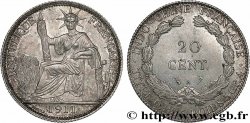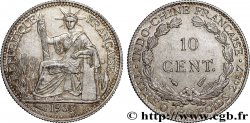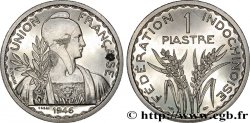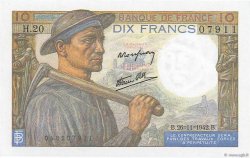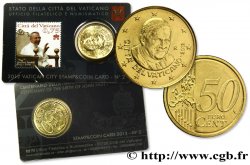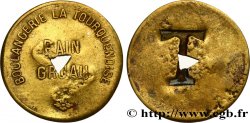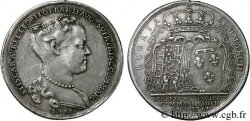p05_0118 - 100 Piastres Photo FRANZÖSISCHE-INDOCHINA 1922 P.-
Nicht verfügbar.
Artikel auf unserem Online-Shop verkauft (2011)
Preis : 450.00 €
Artikel auf unserem Online-Shop verkauft (2011)
Preis : 450.00 €
Nominalwert : 100 Piastres Photo
Datum: 10 octobre 1922
Provinzen/Banken Banque de l'Indochine
N° im Nachschlagewerk : P.-
Neue Bestellnummer : KM.154 (voir)
Beschreibung des Erhaltungsgrades Deux fentes
Kommentare
Cette photo illustre un projet de cent piastres (et porte au verso la mention " Première esquisse 10-10-1922") destiné à remplacer le type 1911. Le projet ne sera pas adopté puisqu'une nouvelle émission - le type 1925 - sera faite à partir du vieux type 1911, en supprimant la signature du caissier. Le vrai type définitif sera le Dupleix en 1927. Notre projet est plus que largement inspiré des 100 francs et 500 francs des banques de la Guadeloupe, Réunion, Martinique et Guyane. Ce document est essentiel à la compréhension du choix des types dans les banques coloniales.
This photo illustrates a project for a hundred piastres (and bears on the back the mention \\\"First sketch 10-10-1922\\\") intended to replace the 1911 type. The project will not be adopted since a new issue - the 1925 type - will be made from the old 1911 type, removing the cashier's signature. The true definitive type will be the Dupleix in 1927. Our project is more than largely inspired by the 100 francs and 500 francs of the banks of Guadeloupe, Réunion, Martinique and Guyana. This document is essential to understanding the choice of types in the colonial banks.
This photo illustrates a project for a hundred piastres (and bears on the back the mention \\\"First sketch 10-10-1922\\\") intended to replace the 1911 type. The project will not be adopted since a new issue - the 1925 type - will be made from the old 1911 type, removing the cashier's signature. The true definitive type will be the Dupleix in 1927. Our project is more than largely inspired by the 100 francs and 500 francs of the banks of Guadeloupe, Réunion, Martinique and Guyana. This document is essential to understanding the choice of types in the colonial banks.







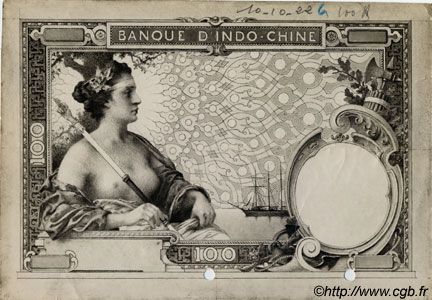

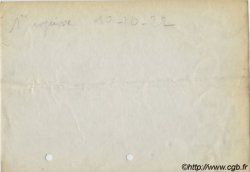
 Berichten über einen Fehler
Berichten über einen Fehler Die Seite drucken
Die Seite drucken Teilen meiner Auswahl
Teilen meiner Auswahl Stellen Sie eine Frage
Stellen Sie eine Frage Einlieferung/Verkauf
Einlieferung/Verkauf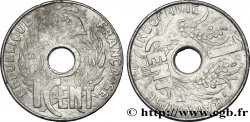
 Details
Details